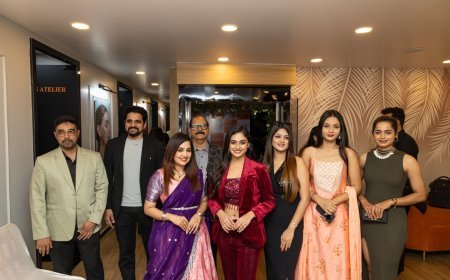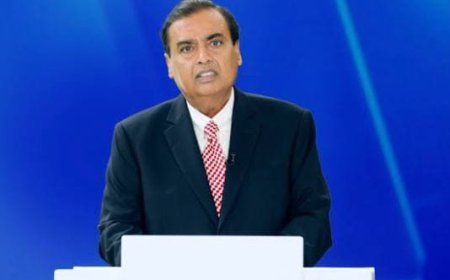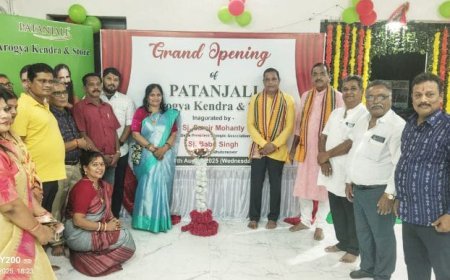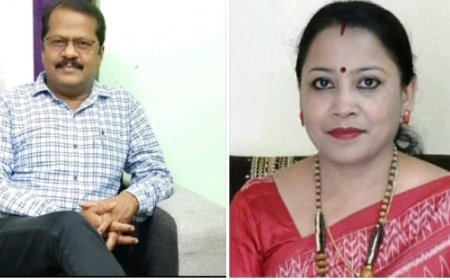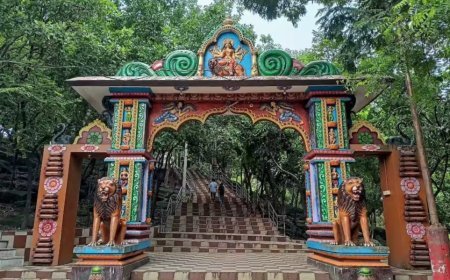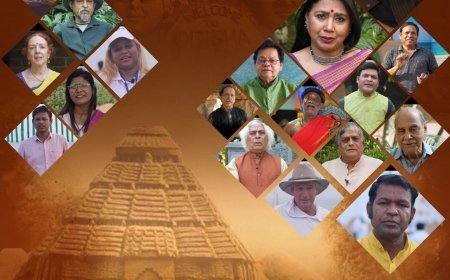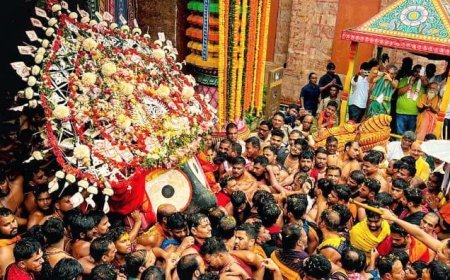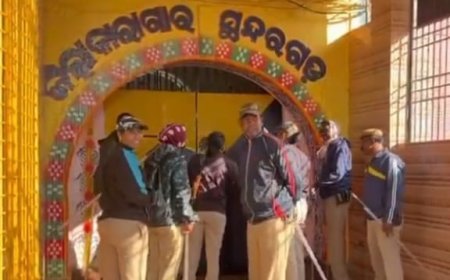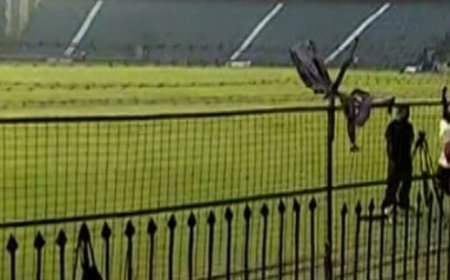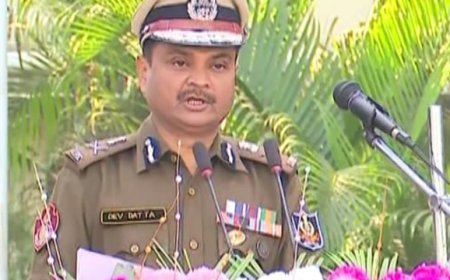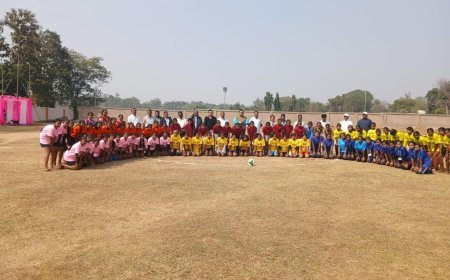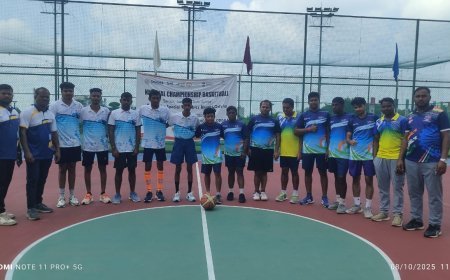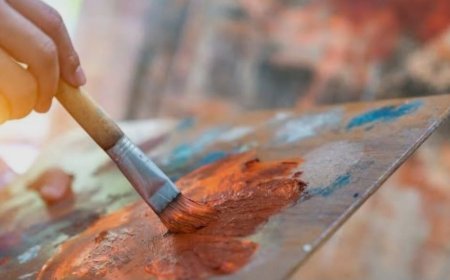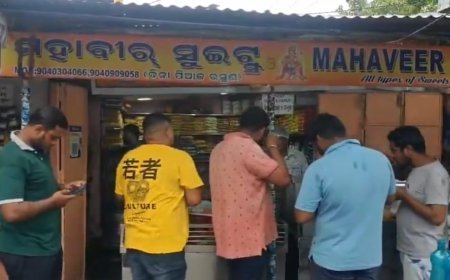Revamping the Indian Education System: Bridging the Gap Between Theory and Practice
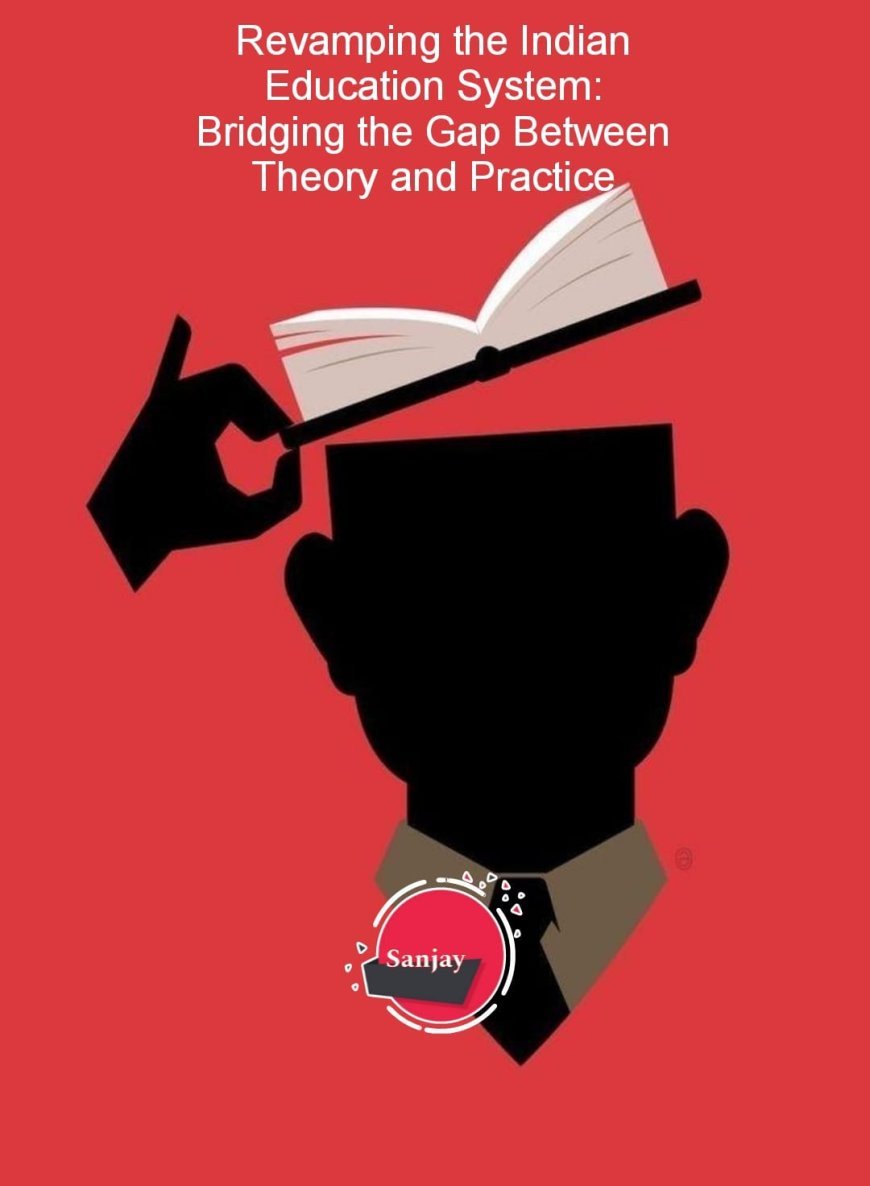
The Indian education system has long been heralded for its rigorous theoretical underpinnings, yet it is increasingly clear that this focus has come at the cost of practical application. Classrooms are filled with formulas, theorems, and rote learning, while the practical, hands-on experiences that ignite creativity and problem-solving are often left by the wayside.
The Limitations of a Theoretical Framework
Consider the lessons in mathematics where students are taught that the value of sin 30° is ½ or the formula for calculating the area of an equilateral triangle. While students can effortlessly recall these facts during examinations, many have never been challenged to prove these concepts or see them in action. This dichotomy between knowing and applying is emblematic of an education system that values memory over understanding. Students may know ratios and proportions in abstraction but rarely have the opportunity to use these concepts in real-world situations—like calculating the height of a tree using similar triangles or ratios derived from nature.
The Neglect of Practical Learning in Sports and Beyond
The same critique applies to physical education. Just as a bottle of chilled water placed on a table can illustrate condensation—a process best understood through observation—the skills of swimming, boxing, or even the finesse required in sports like cricket cannot be honed within the confines of a classroom. No amount of theoretical knowledge about cricket strategy can transform a student into a player of Sachin Tendulkar’s caliber without the rigorous, physical practice and experience that comes from real-world engagement.
The Importance of Experiential Learning
Practical learning is essential for developing critical thinking, creativity, and the ability to solve real-life problems. When students engage in experiments, fieldwork, or even simple everyday observations—such as questioning where the water droplets on a chilled bottle come from—they learn to bridge the gap between theory and reality. This kind of active inquiry not only cements their understanding of scientific principles but also cultivates curiosity and innovation.
For future engineers, doctors, and scientists, hands-on experience is not just beneficial; it is indispensable. Practical exposure in labs, workshops, sports fields, and community projects can transform abstract lessons into tangible skills, ensuring that graduates are not only well-versed in theory but also proficient in applying their knowledge to solve practical problems.
Moving Toward a Balanced Educational Approach
Reforming the Indian education system requires a paradigm shift from an overemphasis on theoretical learning to a more balanced approach that integrates both theory and practice. Such a transformation can be achieved through:
Curriculum Revamp: Incorporating more project-based learning, laboratory experiments, and field studies that encourage students to apply theoretical concepts.
Teacher Training: Equipping educators with the skills and resources to facilitate experiential learning and encourage inquiry-based teaching methods.
Infrastructure Development: Investing in modern labs, sports facilities, and interactive classrooms that allow students to engage with the material in a practical, hands-on manner.
Assessment Reform: Moving away from rote memorization and towards evaluations that test problem-solving, critical thinking, and practical application of knowledge.
Conclusion
The need for a drastic change in the Indian education system is both urgent and clear. While theoretical knowledge forms the backbone of education, it is the application of this knowledge that truly prepares students for the complexities of the real world. By fostering an environment where experiential learning is as valued as academic achievement, India can cultivate a generation of innovators, problem-solvers, and leaders who are not only academically proficient but also practically adept. The future of education lies in harmonizing the mind and the body, theory and practice—a balance that is essential for personal growth and national progress.
Sanjay Pattnayak
Sundargarh



